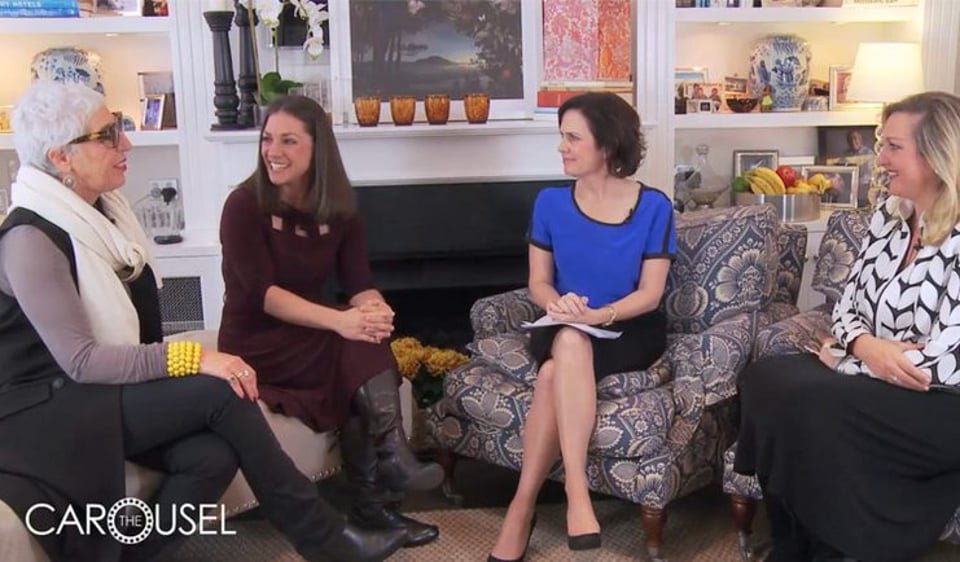“When you listen, you give someone a voice.”
Richard Branson
Often what leaders and managers fail to realise is that one of the essential elements to being a great communicator starts with being a great listener.
Companies often overlook listening as a crucial element in their communications training.
People often don’t know how to listen. Nowadays, attention spans are shorter, and content is expanding at rapid rates exhausting our attention span.

Here are five steps you can integrate into your personal and business life that will add a genuine rapport to those you live with and lead.
Step One – The self-awareness pause button
The first step to being an impactful communicator is, you need to be a great listener. While this seems like a simple task, when we have 60,000 to 80,000 thoughts a day, our ability to genuinely listen can be severely impaired.
What is happening with those thoughts can be as tumultuous as children throwing toys around in a rumpus room after 10 hours in COVID lockdown. Not their fault, but it is still happening.
So in this first step, before sitting down with a colleague or loved one, check-in. Listen to yourself. Check-in on your state of mind before attempting to connect with others. Your ability to truly hear or absorb information is severely impaired when stressed. The more stressed you get, the more rigid you become. Your prefrontal cortex that is responsible for agility, emotional regulation, and empathy goes into fight-flight mode, severely hindering your ability to tune into the feelings or emotions of others.

You can’t HEAR properly.
Your inner narrative influences the messages you hear. By checking in and pausing for a moment, you can listen to your inner voice. By taking a few deep breaths, you relax the parasympathetic nervous system that is responsible for empathy and connection and assists you in recentering BEFORE engaging.
Step two – Engage your core active listening skills
Just like when you do a sit-up, the likelihood of getting great abs is vastly increased when you engage your core, the same can be said for when you sit down to communicate with someone.
Consciously activate your listening skills. Active listening is about you choosing to be fully present in the conversation. It is about being entirely focused on what the other person is saying. “Active listening involves fully concentrating on what is being said rather than passively absorbing what someone is saying. It’s not just about remembering the content of what someone is sharing, but actively seeking to understand the complete message–including the emotional tones–being conveyed” (ref – https://www.inc.com/matthew-jones/10-simple-steps-to-highly-effective-listening.html)
Step Three – Awareness of the 125 400 spoken word gap –
“Another reason for poor listening skills is that you and I can think faster than someone else can speak. Most of us speak at the rate of about 125 words per minute. However, we have the mental capacity to understand someone speaking at 400 words per minute.
This difference between speaking speed and thought speed means that when we listen to the average speaker, we’re using only 25 percent of our mental capacity. We still have 75 percent to do something else with. So, our minds will wander.

This means we need to make a real effort to listen carefully and concentrate more of our mental capacity on the listening act. If we don’t concentrate, we soon find that our minds have turned to other ideas”.
Active listening is a mindful choice not to give in to distraction.
Step Four – Specificity
To help keep you engaged as an active listener. Listen to the specificity of their words. Second City acting school recommends you use the last two words of your counterparts sentence at the beginning of your next sentence. This trick helps ensure you are staying focussed and in the moment as we know how easy it is for our minds to drift.
Step Five– Ask open-ended questions
By creating an environment where you ask qualitative, open-ended questions, you allow the person to think, feel and share in a longer narrative style, giving you the opportunity to learn more and the speaker the opportunity to “really be heard.”
Step Five – Respond with verbal and nonverbal clarity
Listening is not just about how you listen, but how you respond. While nods and eye contact play a vital role in people feeling they are being heard, ensure you reverse respond. Reverse responding involves using the words of the person you are communicating with. Use their words and check-in; you have listened to them clearly. This is often referred to as empathetic reflection.
As Kate Murphy, the author of “You’re Not Listening: What You’re Missing and Why It Matters,” states, “The cacophony of modern life also stops us from listening”. Yet, by society prioritising listening at the top of the skills pile, better connection, communication and impact will follow.

When people feel heard, they feel appreciated, when people feel appreciated, they feel like they belong. Never has there been a more critical time to listen mindfully with the intention to follow through on the thoughts that have been shared. Follow-through is the rise to the top ingredient of deep listening.
Leora Givoni, Founder of Small Act Major Impact, is an Executive Coach, Communications Strategist and qualified meditation teacher who has consulted to some of Australia’s largest banks, legal practices, government departments and environmental packaging companies. She conducts both group and individual meditation sessions. Leora works closely with individuals and businesses to cut overwhelm while creating clarity and unforgettable messages. https://www.smallactmajorimpact.com.au/






